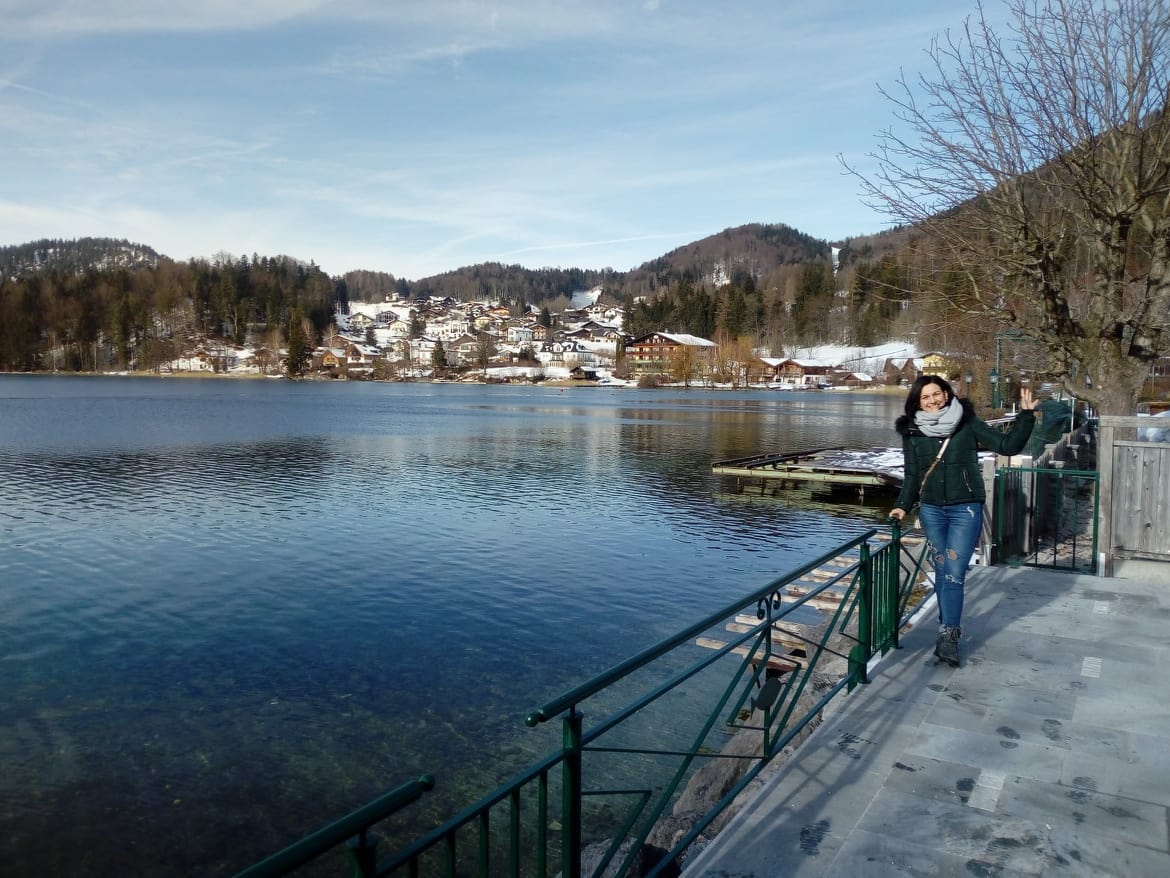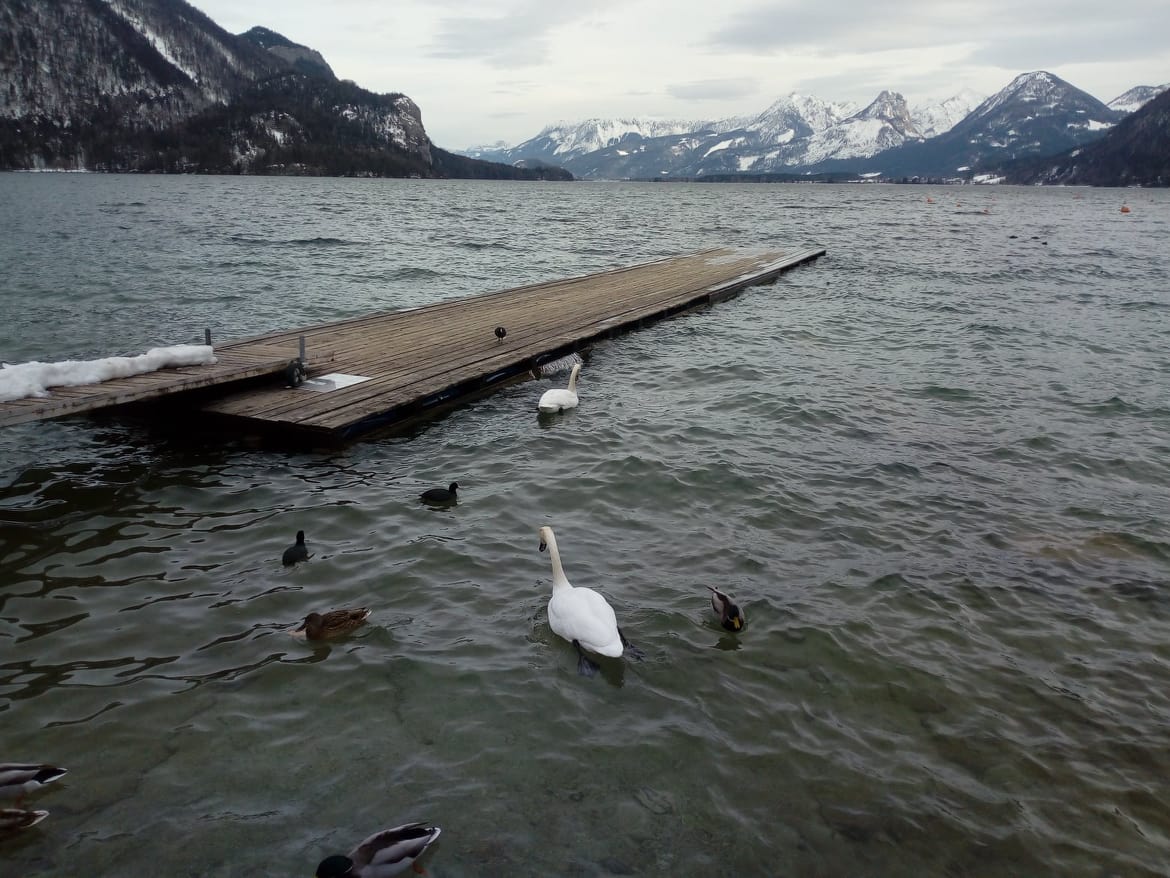Continuing the partial tourist life with a quick stop in Romania, I am happy to show you one of the most beautiful medieval cities in Romania – Sibiu.

To start with, I would like to refer to a few aspects about Sibiu, before going to the historical reminiscences. In 2007, Sibiu was declared the European Capital of Culture. Its European spirit, its cultural location and good infrastructure played a crucial role in this nomination. As the European Capital of Culture in South-Eastern Europe, Sibiu was the location for artistic events, marathons, conferences, visual arts. This title brought even more visibility to the city and somehow contributed to its improvements in culture, economics and tourism.
As a former colony of the Saxons coming from the Rhine – from Moselle, more specifically – in the 12th century, Sibiu (known as Hermannstadt as well) manages to resist later on, as a fortress, against the Ottomans and was even the capital of Transylvania during the domination of the Habsburg principality. Speaking of its strategic meaning, also during the 1989 Revolution, Sibiu was representative for fighting to write its own history.

What brought me to Sibiu? It´s springtime, I´m on a short trip to Romania to celebrate the Orthodox Easter with my family and in between I´m also visiting some cities. Sibiu is located 80 km away from my hometown and I might affirm that it is a very clean and well maintained city in Romania, ready to embrace its tourists with peace and beauty. Its medieval charm pays off when you choose to spend a few hours or days in the heart of Transylvania and need something to take you out of the real environment.

It doesn´t matter whether you stop in front of the Gothic Cathedral or you choose to walk among the streets and admire the colorful houses, you will suddenly feel relaxed and more joyful. According to Forbes, in 2008 Sibiu was the 8th most idyllic place to live in Europe.
Some keywords that describe the city very well are: open squares, stone walls built for defense, towers and very old buildings and churches. Passing from the Lower Town to the Upper Town, there is a bunch of staircases. According to the history, in the city center (Upper Town) only the wealthier Saxons were living, whereas the Old Town was dominated by the peasants.

Speaking of the Upper Town, you can start with exploring The Big Square, which is officially the center of the city since the 15th century. Even nowadays the wide-open square serves as a place for concerts, festivals, events and touristic gatherings.
I´ve had the chance to cross over the Bridge of Lies, a very small and cozy bridge, from which you can admire the rest of the city or simply reflect on everything that surrounds you. According to the legend, when someone tells a lie on this bridge, it will hear and recognize it and consequently it will creack.

The second thing you can easily visit is the Gothic Lutheran Cathedral, located into Huet Square. This cathedral was built in the 14th century and has a steeple of over 200 feet high. During the Middle Ages, the steeples marked a sign of threatening for the visitors, informing them that they can be sentenced to death if they stepped out of the rules.

Take your time and get immersed into this ancient visual environment from Sibiu whenever you have time!




















